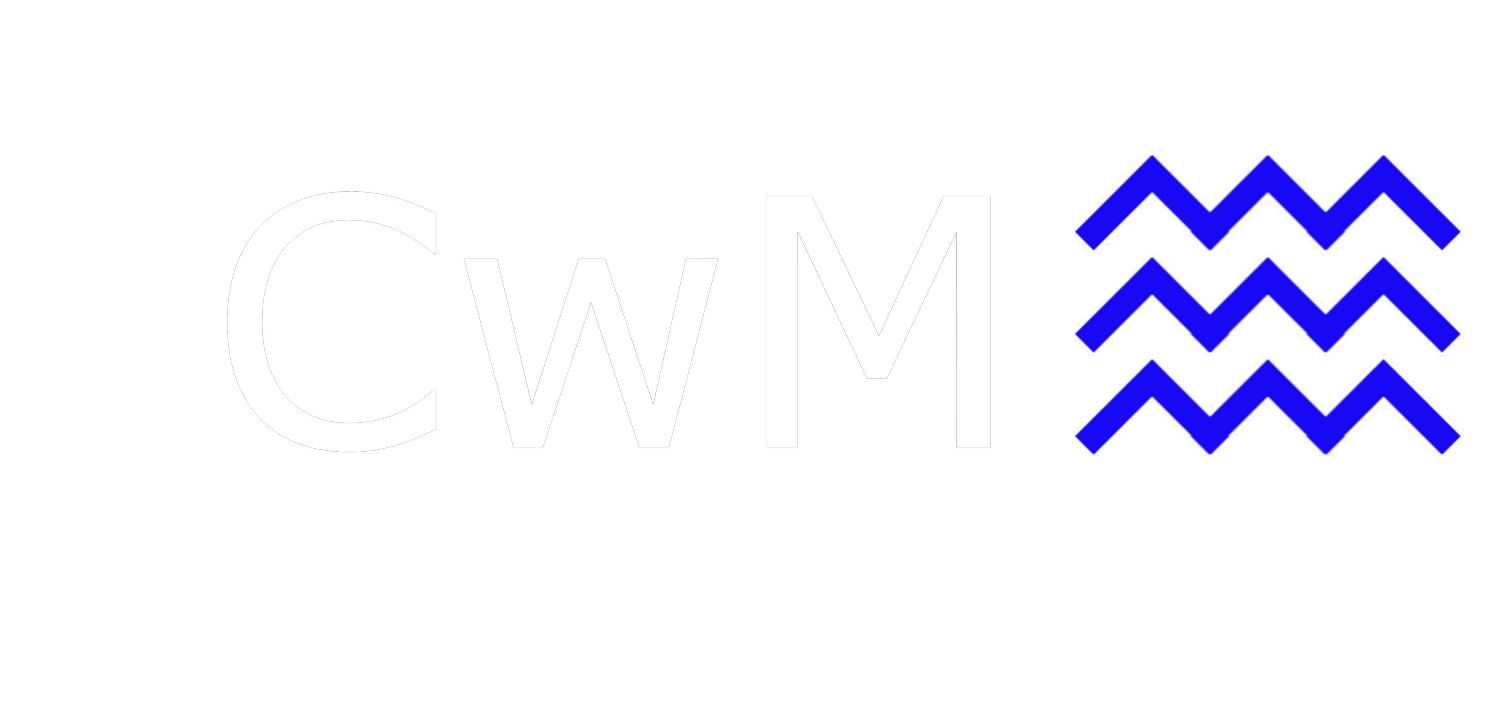In April 2025, the United States Environmental Protection Agency (EPA) and the Oregon Health Authority (OHA) announced the final National Primary Drinking Water Regulations (NPDWR) for six Per- and Polyfluoroalkyl Substances (PFAS). These regulations come amid an increasing incidence of detections of PFAS in public water systems across the country.
What are PFAS?
PFAS are a group of chemicals linked to a variety of health issues when exposed over a long period of time or at specific developmental stages. These chemicals have been used for several decades in a variety of products including non-stick cookware, waterproof fabrics, insulation, and firefighting foams. While the use of many PFAS chemicals has been discontinued, others are still in use today. PFAS break down extremely slowly in the environment and are commonly referred to as “forever chemicals”.
Credit: United States Environmental Protection Agency
State and Federal Monitoring Requirements
In Oregon, in accordance with EPA regulations, public water systems serving fewer than 10,000 people are required to conduct initial monitoring by 2027. For groundwater sources, two sampling events are required to occur within a two-month window, 5-7 months following the first qualified sampling event. For surface water sources, four consecutive quarterly samples two to four months apart are required within 12 months.
The OHA, in cooperation with the Department of Environmental Quality (DEQ), is currently working to schedule one of the two required sampling events for all Community and Non-Transient, Non-Community (NTNC) water systems serving less than 3,300 people, free of charge. DEQ’s sampling program is expected to be completed between Fall 2025 and Spring 2026. This means that all public water systems classified as either Community or NTNC serving fewer than 3,300 people will only be responsible for conducting one PFAS sampling event, assuming these water systems conduct a second round of sampling within 5-7 months of the DEQ’s sampling event. Systems serving populations between 3,300 and 10,000 people will be responsible for both initial sampling events.
Following the completion of initial monitoring, additional compliance monitoring will be required at an interval dependent upon the results of the initial monitoring. For systems without PFAS detections or with detections below trigger levels, sampling will be required once every three years. For systems with detections of regulated PFAS constituents above established trigger levels, quarterly compliance monitoring will be required until the water system demonstrates PFAS below trigger levels for three consecutive annual measurements. At that point, the water system can revert to triennial monitoring. This monitoring schedule will begin in 2027. By 2029, all public water providers with drinking water sources shown to exceed the MCLs must implement solutions to reduce concentrations of PFAS to below trigger levels.
Available Funding
There is funding available to help water systems comply with these new rules through the Bipartisan Infrastructure Law, including $4 billion for work related to Emerging Contaminants (PFAS) and $11.7 billion allocated to State Revolving Funds (SRF). In Oregon, these funds are managed by the OHA and Business Oregon. Typically, applications for funding are due on February 15 and August 15 of each year, depending on the fund being applied for. More information can be found on each agency’s website
-Oregon Health Authority (https://www.oregon.gov/oha/ph/HealthyEnvironments/DrinkingWater/SRF/Pages/index.aspx)
-Business Oregon
(https://www.oregon.gov/biz/programs/sdwrlf/pages/default.aspx)
Recommendations
CwM recommends that public water systems begin planning for these additional monitoring requirements now. This includes developing a sampling plan, communicating with DEQ about scheduling complimentary sampling, and exploring options for treatment or source mitigation if PFAS are detected. Beginning this process now increases a water system’s likelihood of successfully securing funding and scheduling sampling to make full use of the results of the DEQ’s sampling program.
CwM is experienced in assisting small and medium-sized water systems with conducting routine sampling, applying for funding, developing sampling and analysis plans, and soliciting bids for treatment systems. CwM’s staff has already completed PFAS sampling for several municipal water systems in Oregon and has helped systems secure funding for PFAS sampling and treatment feasibility studies.


